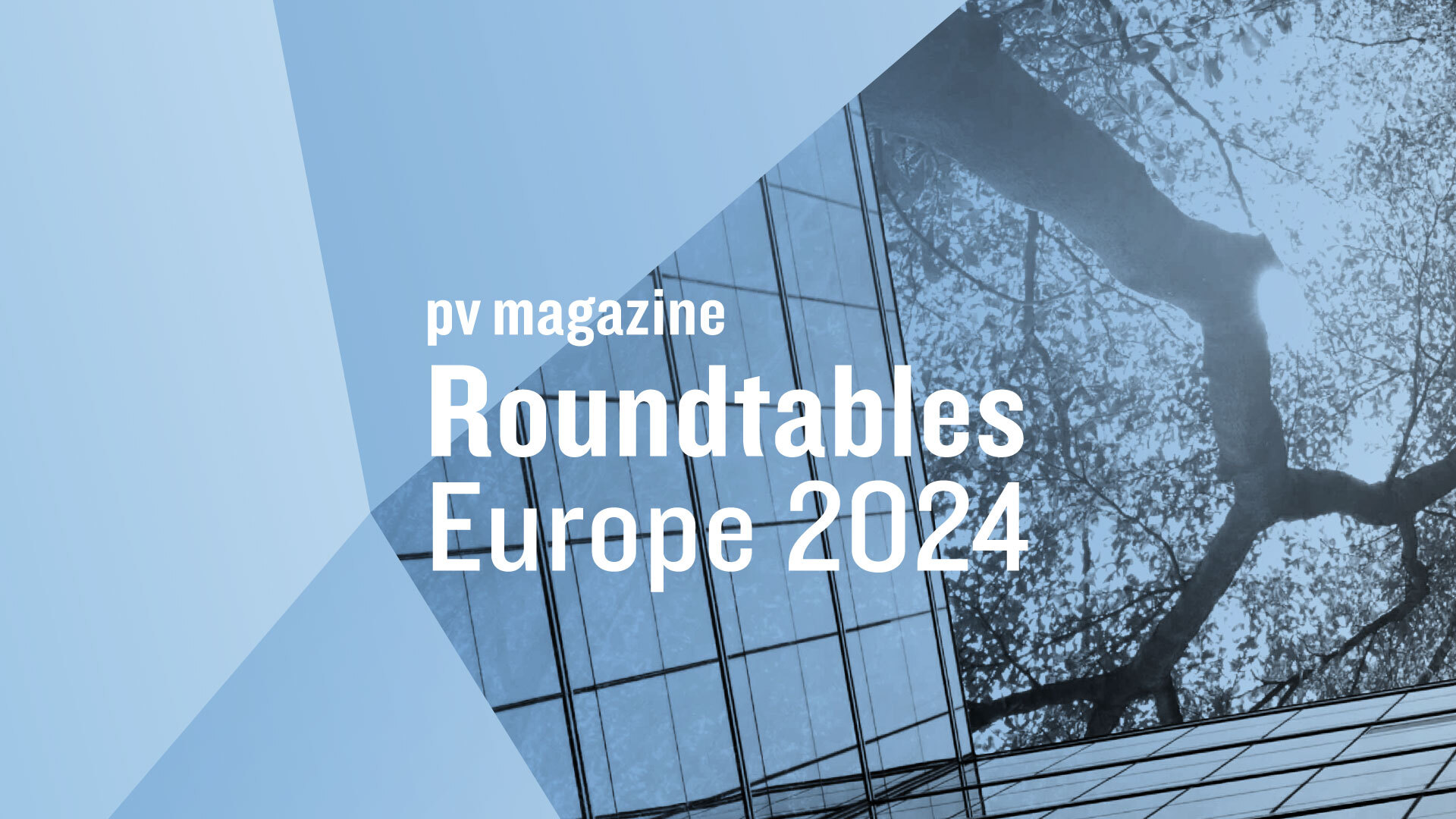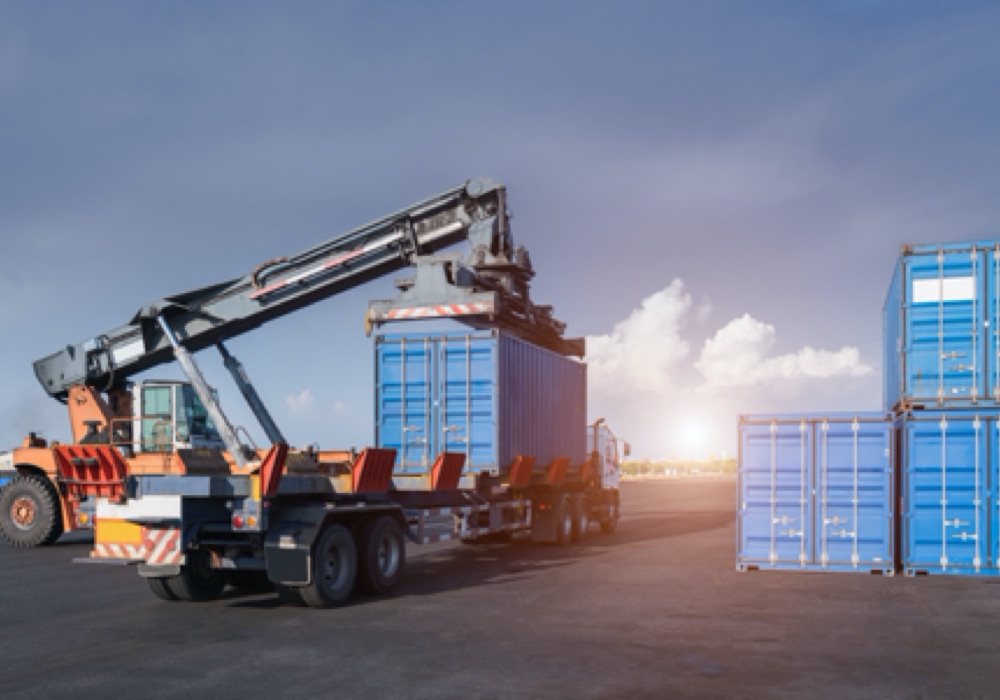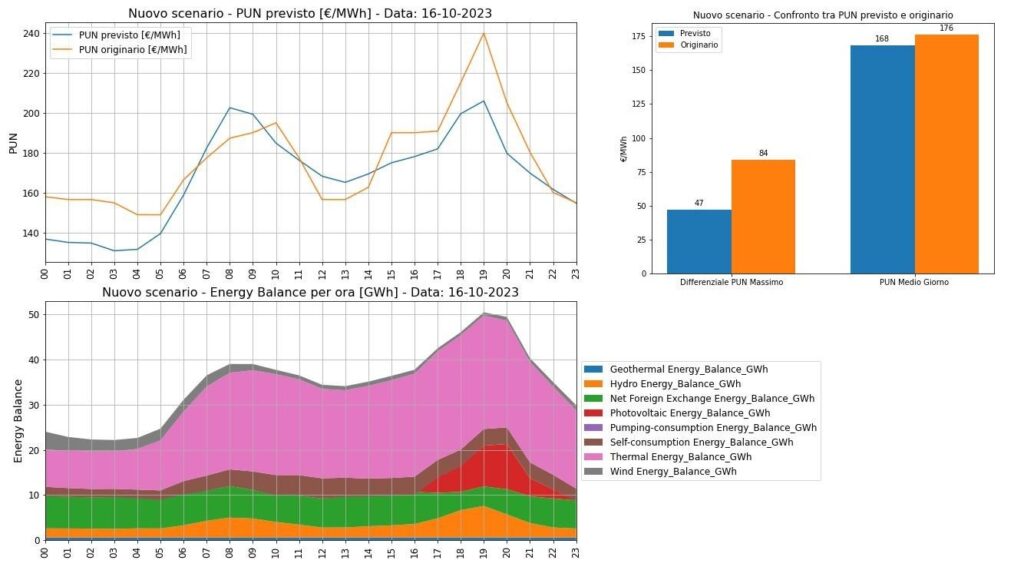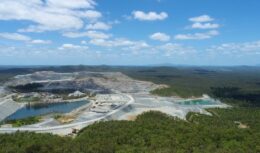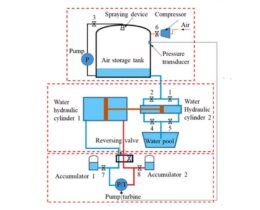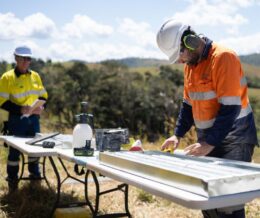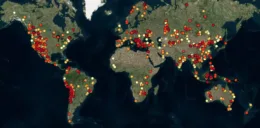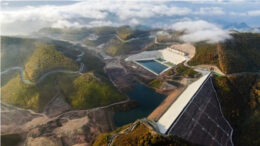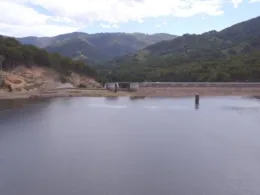Southeast Asia targets 18 GW of pumped hydro by 2033

Southeast Asia is setting its sights on pumped storage hydropower to help it become a clean energy powerhouse over the next few years. The region is currently massively reliant on fossil fuels, with 64% of its total power generation coming from fossil fuels, according to data from energy research specialists Rystad.
The company’s latest data on Southeast Asia showed that the region is targeting a major clean energy turnaround – going from 2.3 GW of pumped hydro today to 18 GW by 2033. This is almost an eightfold increase in capacity in just under a decade.
Rystad’s figures say that there is currently 2.7 GW of pumped hydro storage under construction, while the remaining 13.3 GW is in various stages of development. This activity is projected to attract an estimated total investment of between $12 billion and $70 billion.
Thailand and the Philippines are currently the main renewable energy hotspots in Southeast Asia. Thailand is expected to add capacity of 1.6 GW by 2033. However, Rystad’s data predicts that the Philippines will soon surpass Thailand as the country with the most pumped hydro capacity. The Philippines has around 5.7 GW of capacity in its pipeline.
Other countries making inroads in pumped hydro include Vietnam and Indonesia, which boast around 4.5 GW and 4.2 GW of pending capacity.
Most of Southeast Asia’s pumped hydro markets are dominated by state-owned companies. Indonesia’s state-owned utility company PLN is the leading developer in the region, with 3.7 GW pumped hydro projects in the pipeline.
Unbundling of electricity market in the Philippines
Unlike its neighbors, the Philippines has an unbundled electricity market. This generates more competition in both power generation and distribution and makes the location attractive to investors.
Political efforts to integrate renewables have also been pivotal in increasing Southeast Asia’s prospects. Nevi Cahya Winofa, renewables and power analyst at Rystad, said that policymakers and developers need to work together to address risk management and other uncertainties associated with incorporating more pumped hydro and other renewables.



